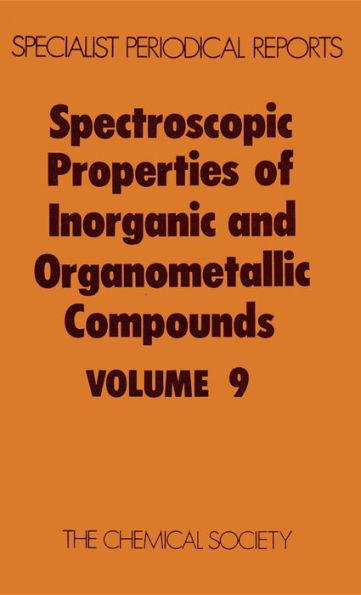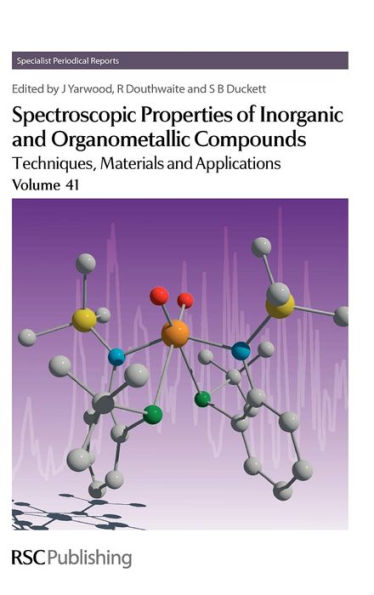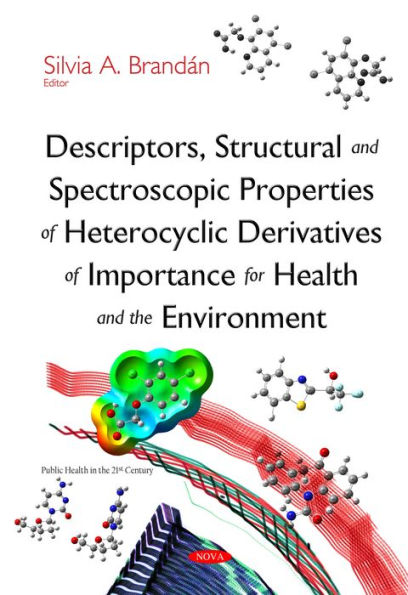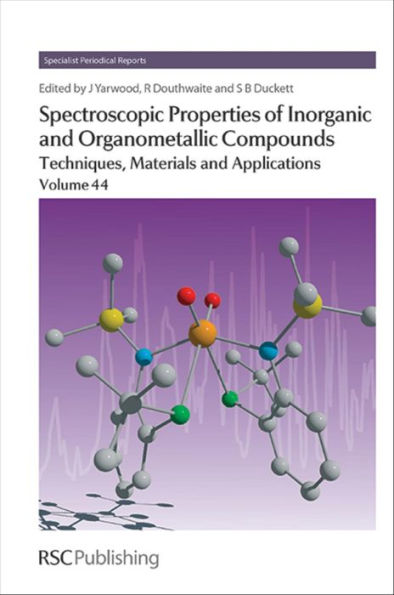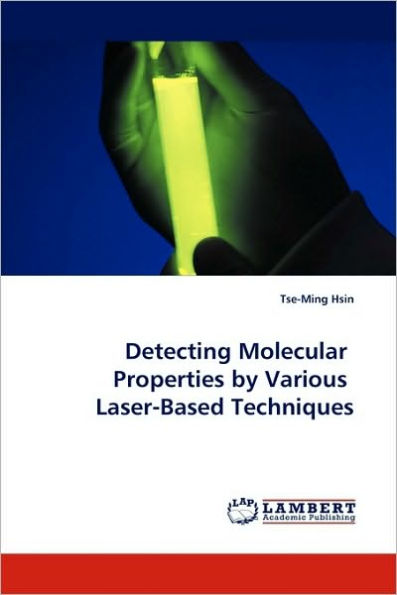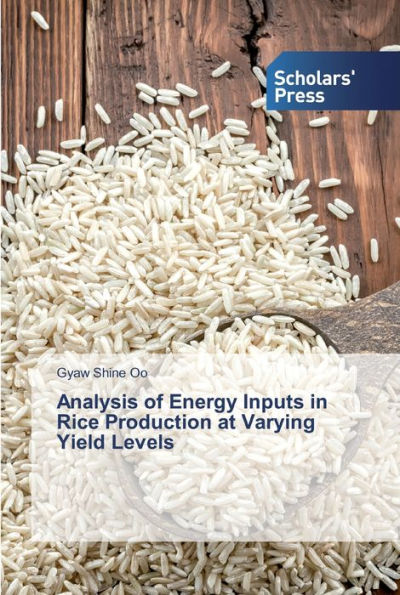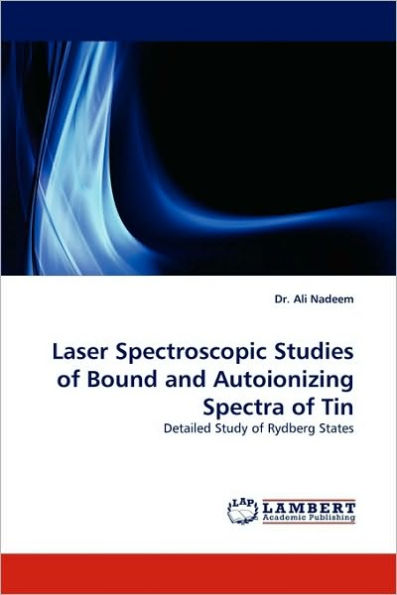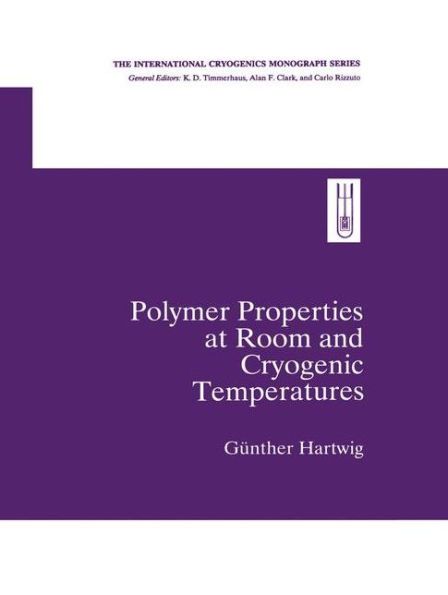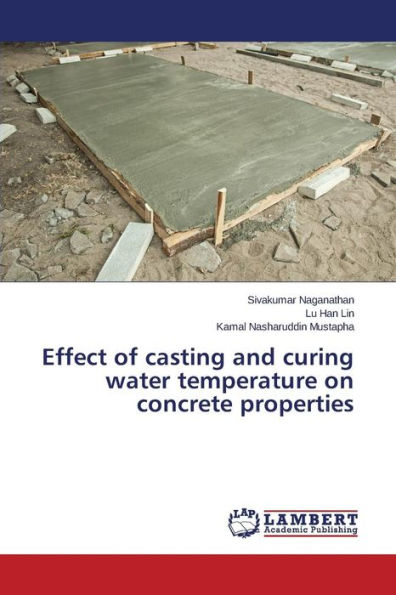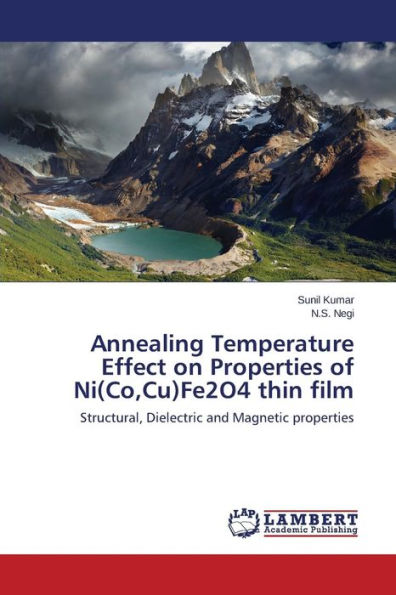Home
Spectroscopic Properties of an Nd:YAG Laser Pumped by a Flashlamp at Various Temperatures and Input Energies


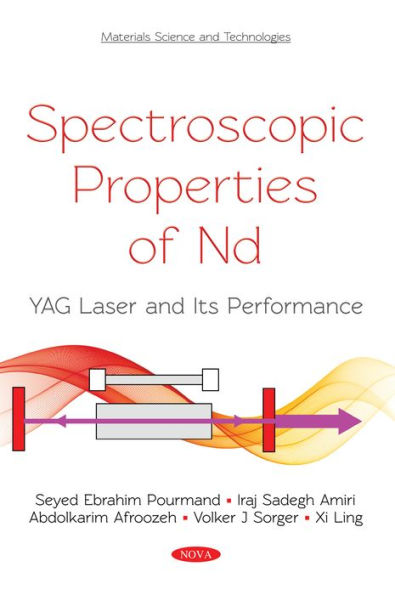
Spectroscopic Properties of an Nd:YAG Laser Pumped by a Flashlamp at Various Temperatures and Input Energies
Current price: $82.00
Loading Inventory...
Size: OS
The purpose of this book was to investigate the temperature and input energy dependency of Nd:YAG laser performance pumped by flashlamp. A commercial laser rod Nd:YAG laser crystal was utilized as a gain medium. The laser rod was placed parallel to a linear flashlamp filled by xenon gas at 450 Torr. The Nd:YAG crystal together with the flashlamp was flooded with a coolant comprising of a mixture with 60% ethylene glycol and 40% distilled water, which covers a range of temperature from -30°C to +60°C. Spectroscopic properties of the Nd:YAG rod under pulsed flashlamp pumping was investigated from the output fluorescence spectrum of the flashlamp radiation and the Nd:YAG rod. The linewidth of each fluorescence line was measured for an estimation of an effective emission cross section and saturation intensity. The influence of temperature and input energy on a fluorescence emission cross section of Nd3+:YAG crystal was studied. The cross-section was found to decrease as the temperature and the input energy was increased. The inter-stark emission showed a Lorentzian line shape indicating homogeneous broadening. This was attributed to the thermal broadening mechanism of the emission line. The spectral widths and shifts of the emission lines for the three and four level inter-Stark transitions within the respective intermanifold transitions of 4F3/2→4I9/2 and 4F3/2→4I11/2 were investigated over the range of 0 to 75 J. The emission lines for the 4F3/2→4I9/2 transitions shifted towards a longer wavelength and broadened, while the positions and linewidths for the 4F3/2→4I11/2 transitions remained unchanged with the increase of input energy. Finally, the temperature dependence of quasi-three-level laser transitions for long pulse Nd:YAG laser was also investigated. The laser performances at both 938.5 nm and 946.0 nm were also found to be inversely proportional to temperature, and the slope efficiency was unchanged with temperature. The reduction was due to the mechanism of phonon scattering as well as a broadening effect while the temperature increased. (Novinka)
